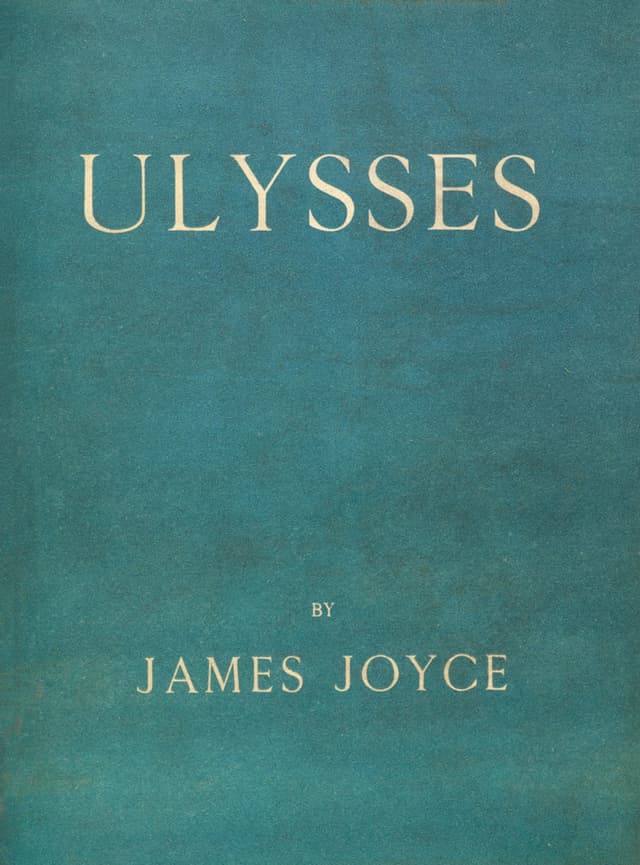Laynta participates in the Amazon Services LLC Associates Program, an affiliate advertising initiative that allows us to earn fees by linking to Amazon.com.

Malone Dies
Malone Dies, a novel by Samuel Beckett, first published in 1951, is the second installment in his acclaimed existentialist trilogy, succeeding Molloy and preceding The Unnamable.
The novel unfolds through the perspective of Malone, an aging, bedridden man, as he awaits his imminent death. Malone's narrative is introspective and disjointed, reflecting his deteriorating state of mind. He occupies himself by telling stories, some of which are seemingly autobiographical, while others are purely imaginative. These narratives within the narrative blur the lines between reality and fiction, creating a tapestry of existential thought and reflection.
As Malone's physical condition worsens, his grasp on identity and time becomes increasingly tenuous. The novel is characterized by Beckett's signature minimalist style – sparse, direct, yet resonant with depth. Themes of isolation, the human condition, and the inevitability of death are explored with raw honesty and bleak humor, typical of Beckett's work.
Malone Dies challenges traditional narrative structures, employing a stream of consciousness technique that immerses the reader in the protagonist's fragmented psyche. This narrative approach mirrors the themes of disintegration and the absurdity of seeking meaning in an indifferent universe.
Live and invent. I have tried. I must have tried. Invent. It is not the word. Neither is to live. No matter. I have tried. [...] I say living without knowing what it is. I tried to live without knowing what I was trying. Perhaps I have lived afterall, without knowing.












